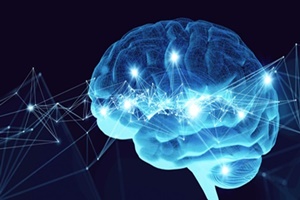A HYBRID DEEP LEARNING APPROACH FOR THE EARLY DETECTION OF DRIVER DROWSINESS
Publication Details
Abstract
Since driver fatigue is a major contributor to traffic accidents globally, identifying it early on is essential to improving road safety. Considering the condition of the driver's eyes, this study presents a deep learning-based method for identifying driver drowsiness using face cues. The study uses publicly available dataset from Kaggle, a hybrid model that combines Convolutional Neural Networks (CNN) for feature extraction and VGG16 for transfer learning was developed and trained. Four categories such as open, closed, yawning, and no yawning, based on the level of tiredness are annotated on the dataset's images. To enhance model performance and generalisation, data preparation methods such as image scaling, normalisation, and data augmentation were used.The proposed hybrid model produced impressive results, with 97.1% accuracy, 96.5% precision, 97.3% recall, and 96.9% F1-score. These results were validated using 10-fold cross-validation, which showed the model's robustness and generalisability across various dataset subsets. Based on the findings, the developed system is highly suitable for real-time driver tiredness detection and might be included into Advanced Driver-Assistance Systems (ADAS) to improve road safety. Future research might look at other input characteristics like head position or body gestures to further increase the recognition accuracy.


